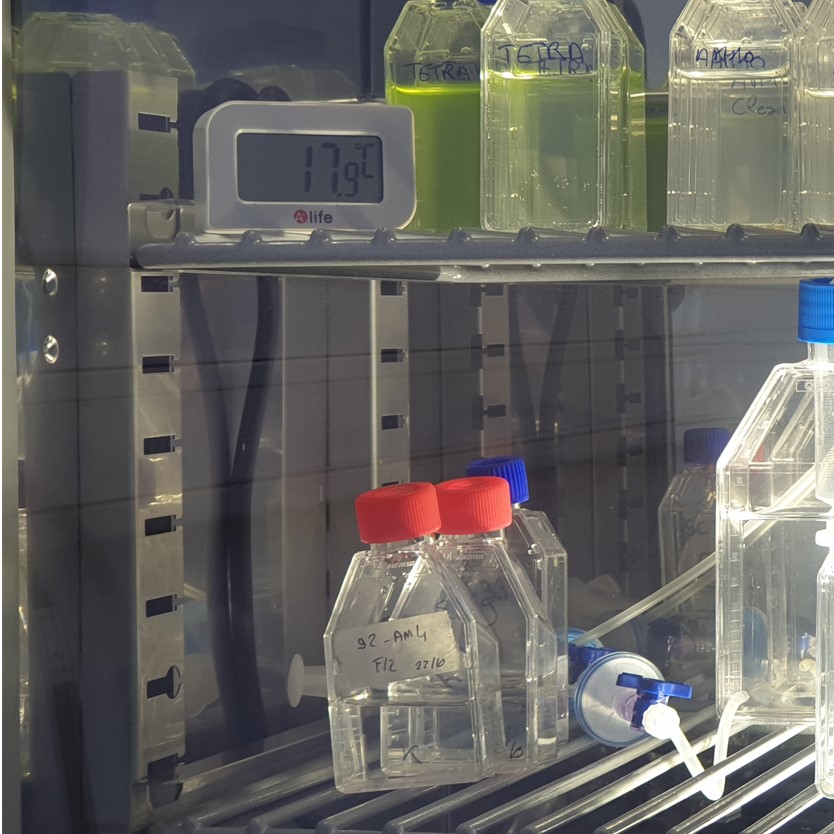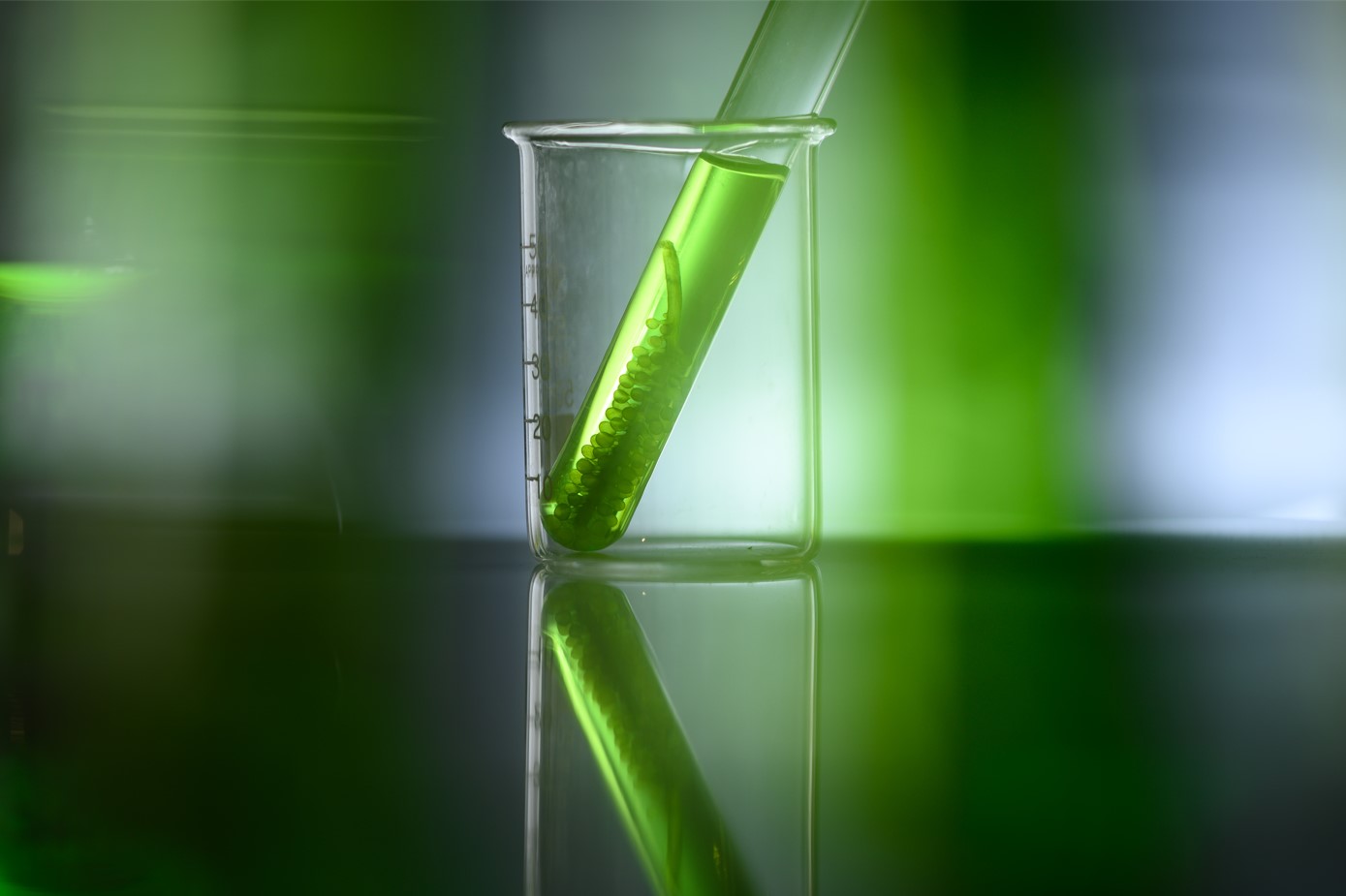Research - Detecting phytoplankton adaptation to nutrient limitation
Newsletter

A novel and complete microfluidic platform and a lab-on-a-chip that can successfully measure alkaline phosphatase activity (APA) was developed in the MSCA MAPAPAIMA project. We learn more about this from the scientist in charge, Mathias Girault.
Under the supervision of Jean-Christophe Baret, a professor at the University of Bordeaux (France) affiliated to the French National Centre for Scientific Research, MSCA Postdoctoral Fellow Mathias Girault set out to elucidate how phytoplankton can adapt to nutrient-limited conditions to survive.
The importance of understanding phytoplankton
Climate change is influencing the hydrodynamics of the world’s oceans and has subsequently led to an increase in ocean stratification. Ocean stratification can trap phytoplankton in the nutrient-depleted surface layer. When there is a reduction in nutrient availability for phytoplankton, this affects communities of species as well as the structure of ecological niches. This is because phytoplankton are vital for the biological production of the oceans and are responsible for about 40 % of the inorganic carbon on our planet.
“In order to survive, some phytoplankton activate a set of extracellular enzymes called alkaline phosphatase. By using dissolved organic matter, this enzyme helps to diversify the phytoplankton’s sources of phosphorus ensuring better survival when this nutrient is in short supply,” explains Mathias.
While there are methods to measure APA with accuracy, none can do so in real time at the single-cell level. “In other words, no experimental evidence can directly link the alkaline phosphatase enzyme activity found in a sample to an individual,” notes Mathias.
Providing a solution forward

“In MAPAPAIMA, we developed a new microfluidic platform and a lab-on-a-chip suitable to measure the enzyme activity of phytoplankton at the single-cell level. By using this analytical method, we were able to for the first time compare the APA of phytoplankton revivified from a sediment core,” highlights Mathias.
The project was able to uncover the interand intraspecific variabilities of APA and suggest that in a half-century timescale, two different species of phytoplankton may have undergone similar adaptive evolution to face environmental changes and acquire ecological advantages.
Mathias confirms: “The results obtained during the MSCA Postdoctoral Fellowship were the first steps in the detection of phytoplankton adaptation to the nutrient limitation.
Opening new doors
“I am proud to have managed my own research project and collectively achieved this MSCA project in a complex pandemic situation. I have initiated new collaborations and managed the interactions between all participants in MAPAPAIMA. All the members of this project were also very happy to see our efforts led to a publication dealing with the adaptation of phytoplankton in a high-ranking journal,” reflects Mathias.
From a personal point of view, Mathias acknowledges that while his background is mainly as a phytoplankton ecologist, he is proud to have taken a part in the development of a new microfluidic platform. “I have learned a lot of new skills especially in instrumentation and high-speed image processing, but also in the way I can build interdisciplinary research programmes making use of new technologies across disciplines,” adds Mathias.
The project’s work provides invaluable insights into the future of the phytoplankton community and, from this, a greater understanding of what may lie ahead for our oceans and carbon fixation on Earth.
Jennifer Wills
MCAA Editorial Team